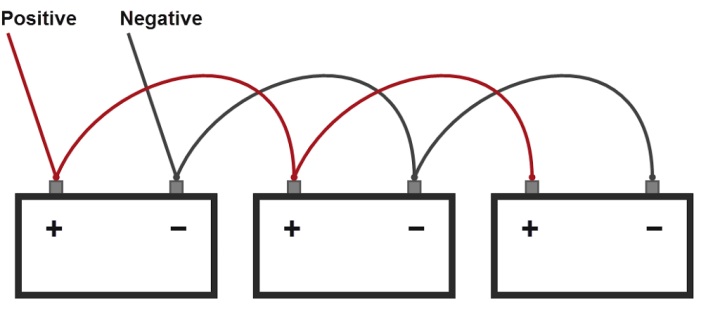While parallel connection of lead-acid batteries offers advantages such as increased capacity and higher current output, there are potential hidden dangers associated with this configuration.
- Imbalance in Charging and Discharging: Parallel-connected batteries may not charge and discharge evenly. Variations in internal resistance, state of charge, or temperature among batteries can lead to uneven distribution of current. This can cause some batteries to be overcharged while others remain undercharged, leading to reduced battery life and potential failure.
- Overloading: If batteries in parallel are not properly matched or if one battery fails, the remaining batteries may bear an increased load. This can lead to overloading and overheating, increasing the risk of thermal runaway or even explosion.
- Cell Reversal: In the event of a weak or failed battery within the parallel configuration, the other batteries may discharge into the failed battery, causing cell reversal. Cell reversal occurs when the voltage across a cell becomes negative, leading to irreversible damage and potential leakage of electrolyte.
- Difficulty in Identifying Faulty Batteries: Identifying a faulty battery in a parallel configuration can be challenging. Since all batteries share the load, a single failed battery might not be immediately noticeable, and it may continue to draw power from the other batteries, further compromising the entire system’s performance.
- Complexity of Maintenance: Maintenance and troubleshooting become more complex in parallel configurations due to the interconnected nature of the batteries. It can be difficult to isolate and address issues with individual batteries without affecting the rest of the system.
- Safety Hazards: The risk of short circuits and electrical fires increases in parallel-connected battery banks, especially if proper fusing and overcurrent protection are not implemented. A short circuit in one battery can cause a rapid discharge of energy from all batteries in parallel, leading to a hazardous situation.
To mitigate these dangers, it’s essential to carefully select and match batteries, use appropriate fusing and protection devices, regularly monitor and balance the batteries, and follow best practices for installation and maintenance. Additionally, consulting with experts or professionals experienced in battery systems can help ensure the safe and effective operation of parallel-connected lead-acid batteries.


